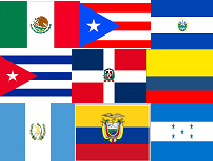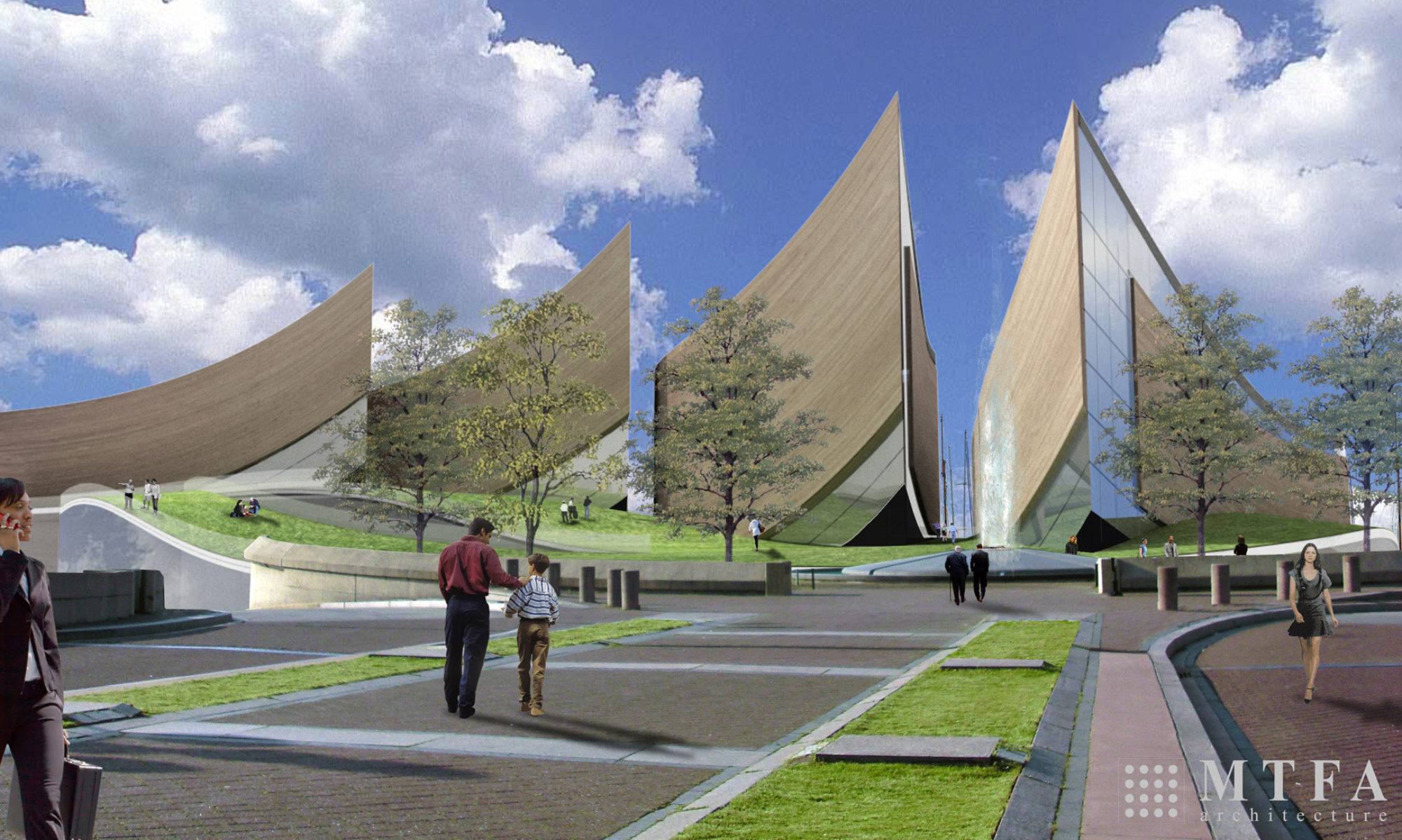
Mexican, Puerto Rican, Salvadoran, Cuban, Dominican, Columbian, Guatemalan, Ecuadoran, Honduran
The history of Americans of Hispanic/Latino descent is the only story, along with Native Americans, that will flow through all four chapters of the Making of the American People, the permanent exhibition of the National Museum of the American People from the first people in the Western Hemisphere through today.
In the Museum’s first chapter that goes from prehistory to the founding of the Jamestown colony in 1607, includes the story of first contact between natives and Europeans which is predominantly about Spanish and Portuguese explorers and settlers interacting with natives in the Western Hemisphere after 1492. This chapter includes the first Spanish arrival in what is now Puerto Rico in 1493 and the first Spanish settlement in what is now the United States at St. Augustine, FL in 1565.
In the second chapter from 1607 to 1820 the Museum’s story will focus on what is now the United States and all of its territories. During this period Hispanics moved into those lands, primarily in the U.S. Southwest. They also owned territory that would later be lost to the French who sold it to the newly established United States. Likewise, Florida and the New Orleans area were Spanish territories that become part of the U.S. during this period.
In the third chapter from 1820 to 1924 the U.S. fought wars with both Mexico and Spain. As a result it acquired Hispanic lands, including California and most of the rest of the U.S. Southwest, from Mexico. Puerto Rico, Guam and the Philippines were obtained from Spain. Texas, which had gained independence from Spain on its own, was annexed by the U.S. during this chapter.
In the last chapter from 1924 through today, the Museum will tell the modern immigration stories from the Americas. These new arrivals have primarily come from Mexico, but large numbers have also come from other Hispanic nations and territories in the Caribbean, principally Puerto Rico, Cuba and the Dominican Republic. The story of their journeys across the nation’s borders is one of the major issues facing our nation today.
Supporting the Museum now are 25 Hispanic/Latino organizations representing Americans from Mexico, Puerto Rico, Portugal, Cuba, El Salvador, the Dominican Republic and Bolivia as well as blanket organizations representing a cross section of all Hispanics or Latinos.
There are already 23 eminent scholars from universities across the U.S. supporting the Museum who focus on the study of Latino and Hispanic history and culture. They and others who will join in the future will help the Museum tell its story.
While there has been a call for a separate Smithsonian museum on the National Mall in Washington, DC devoted to Latino history and culture, in December the Smithsonian announced that it would create a permanent exhibition devoted to Latino history and culture in its National Museum of American History. That museum attracts more than 3 million visitors annually and that new permanent exhibition is scheduled to open in 2020.
The story of Hispanics/Latinos told in the context of the history of all those who have become Americans will attract all groups to see their own stories and better understand everyone else’s story. One of the primary goals of the National Museum of the American People is to bring all Americans together.
This blog is about the proposed National Museum of the American People which is about the making of the American People. The blog will be reporting regularly on a host of NMAP topics, American ethnic group histories, related museums, scholarship centered on the museum’s focus, relevant census and other demographic data, and pertinent political issues. The museum is a work in progress and we welcome thoughtful suggestions.
Sam Eskenazi, Director, Coalition for the National Museum of the American People
